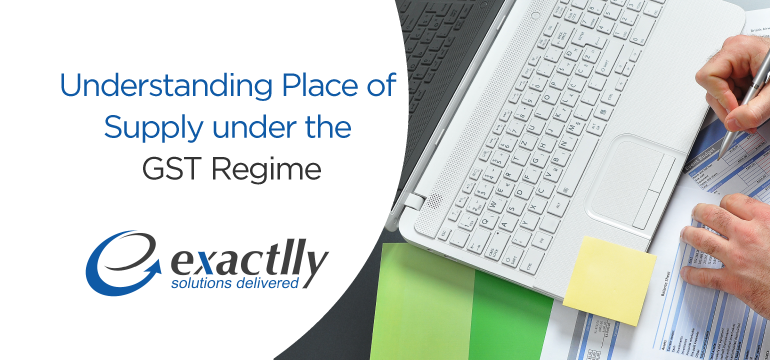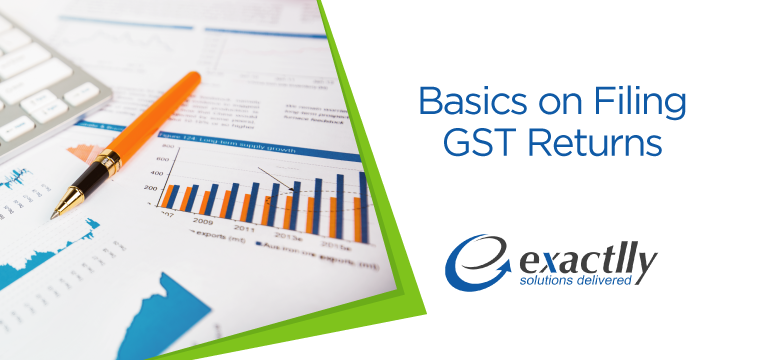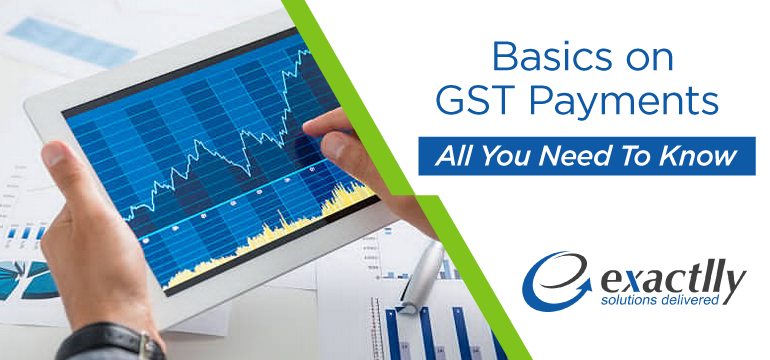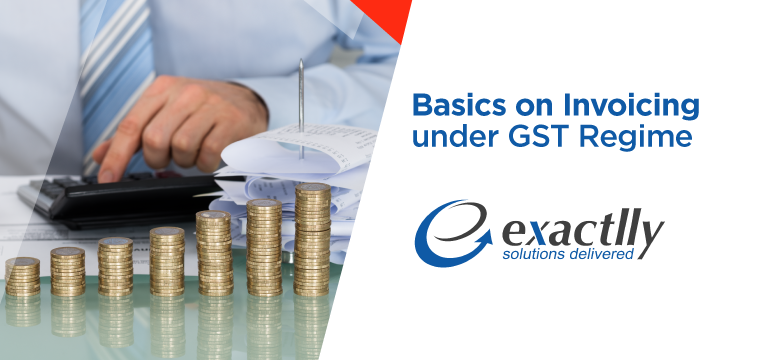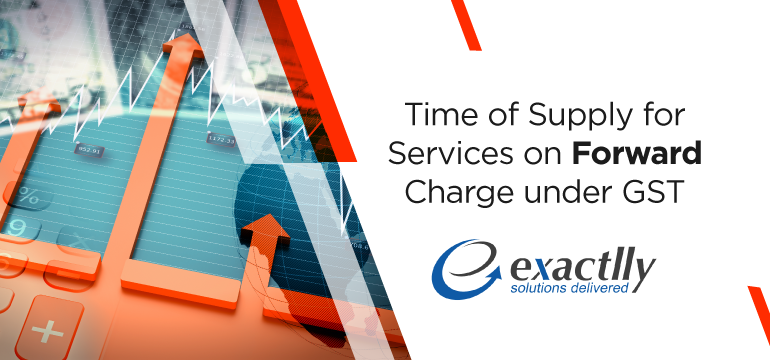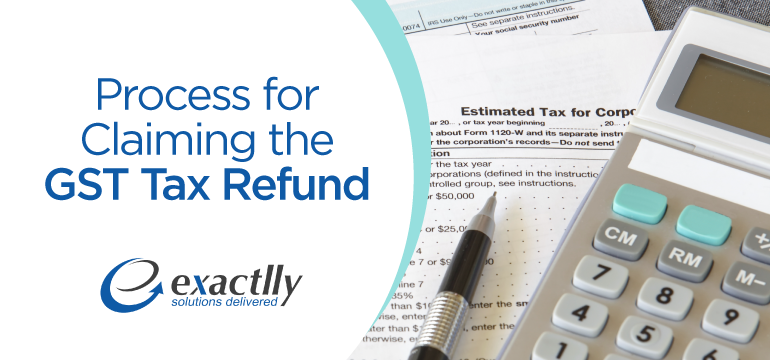Technology As A Crucial Aspect Of The GST Regime
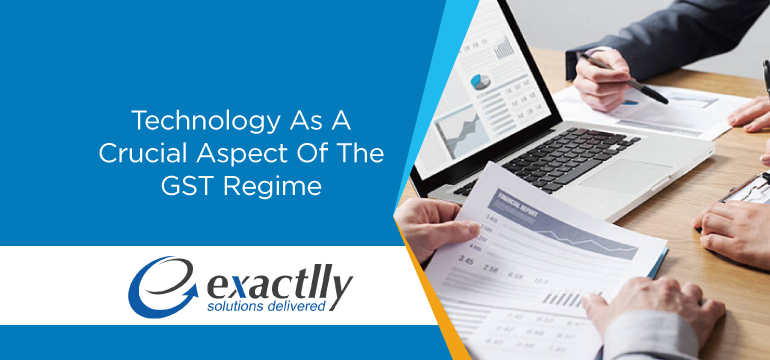
Compliance with accounts and taxation in India is a concept that has been around since the early 90s. Earlier, technology was used for the administration of tax by various tax departments on the backend of a business. Once online filing of returns was brought into the foray, there was a shift in the need and requirement of computer systems which began to be integrated with tax software to enable direct communication between tax departments and taxpayers. To know more about GST, read out blog thoroughly.
Under the current tax regime, all tax-based information goes in a singular direction from the taxpayer to the government or a B to G system (flow of data from the business to the government). Technology has enabled us to reduce time and cost greatly while increasing efficiency and leaving no room for mistakes in tax compliance.
Under the GST regime, compliance has become different – we have put together an overview of the ways technology has impacted the GST and vice versa.
Technology does play a pivotal role under the GST regime today, both from the perspective of the government as well as businesses. Under the GST, the broad goals that the government aims to achieve are as follows –
- Reducing tax evasion
- Ease of compliance for the taxpayer
Under the current tax regime, tax evasion was rampant which led to a loss of high revenue for the government. The government was unable to point out and bring taxpayers under proper scrutiny, thereby defaulting in identifying how to stop evasion. The tax department thus has become riddled with tracking claims of input against tax liabilities incurred by a seller. The current regime has witnessed duplicate claims of an input tax credit, tax fraud, conflicting claims, sellers not having furnished tax liabilities etc.
Under the GST the concept of a corresponding tax invoice for the buyer and the seller has been introduced to map the tax liability against credit availed. Thus, there come about the mapping of a large number of invoices which requires technological intervention for a quick and accurate result. Furthermore, real-time invoices are required to not create a backlog of invoices – something that cannot be achieved manually.
Role of GSTN –
The GSTN has been working towards the following to differentiate the current tax system from the GST –
- Creation of an Application Program Interface for connecting the GSTN server to all third-party applications that are used by taxpayers, with ease. This will enable connection to the tax portal through all smartphones and computer devices and taxpayers shall be able to automate and auto-populate their invoices irrespective of where they are.
- The GSTN thus helps in saving time, energy and cost, while increasing ease of compliance.
- This is sure to bring about a sense of discipline in taxpayers in terms of being diligent in the filing.
Using technology (while being less dependent on manual help) also has other benefits under the GST regime such as –
- Registration of dealers with ease
- Filing returns quickly and as per convenience
- Exchange of data
- Effectively investigating
- Auditing
- Monitoring data and information
- Analyzing performance
The technology associated with GST is extremely user friendly and may be used by people with ease; it has a simple interface that can be used across devices; is capable of being utilized offline; can send you alerts and also helps in diminishing the duplicity of uploading data.
It is expected that most businesses will face several challenges when the system gets implemented on the rollout of the GST – however, once businesses get used to it and understand the process, they will understand how technology has helped to ease out their lives to a great extent. Moreover, the government is bound to achieve its objectives of reduction in evasion of tax and creating an easy compliance system for taxpayers. The use of technology under the GST regime will help our nation be one to look out for in terms of reaching new heights in being tax diligent.
Businesses should start preparing and planning immediately in case they have not already started the process as the GST is very close – starting July 1, 2017 use of technology will help to integrate the interface of the GST with the GSTN server which will enable taxpayers to automate their systems and install software that will work seamlessly while assisting in reliable and accurate compliance.
Taxpayers must keep in mind that mapping and matching invoices under the GST is a very crucial aspect that could affect their cash flow if invoices are not matched properly. Since the number of invoices is extremely high and they require real-time mapping, manual systems fall flat in the face of technology.
Key Points for Businesses to Keep in mind to go about a Smooth Transition Process include –
- Understand the impact of technology on GST; plan and prepare accordingly;
- Understand why compliance is required diligently;
- Choosing the right software to be compliance-ready
Wants to know more about exactllySoftware? Feel free to Contact Us and get a Free Demo.

